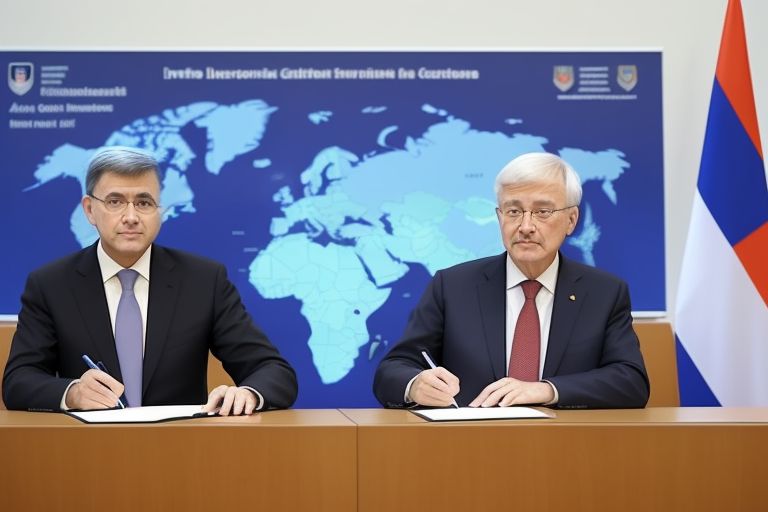In recent moves to bolster global cybersecurity, significant international collaborations have been established. The U.S. Cybersecurity and Infrastructure Security Agency (CISA) and the UK National Cyber Security Centre (NCSC) have released joint guidelines for the secure development of AI systems. This effort, co-sealed by 23 domestic and international cybersecurity organizations, aims to address the intertwining challenges of artificial intelligence, cybersecurity, and critical infrastructure protection. The guidelines advocate for secure design principles and offer comprehensive recommendations for all stages of AI system development, emphasizing transparency, accountability, and security ownership.
Furthermore, CISA has entered a working arrangement with the European Union Agency for Cybersecurity (ENISA) to enhance cross-border information sharing and cooperation against cyber threats. This collaboration aims to share best practices for incident reporting and threat intelligence, along with aligning efforts on legislation to integrate modern cybersecurity principles. This agreement represents an evolution in the cooperation between the U.S. and EU, targeting common challenges in the cyber threat landscape and promoting a unified approach to cybersecurity that transcends national borders.
Additionally, CISA has expanded its international cooperation by signing an agreement with Ukraine’s cybersecurity agency. This pact aims to strengthen the partnership between the two nations in cyberspace, focusing on enhancing collective resilience against cyber threats. Such agreements are part of a broader effort to foster a global environment of shared knowledge and practices in cybersecurity, acknowledging the borderless nature of cybercrime and the necessity for international solidarity in defense strategies.
These initiatives highlight the growing recognition of the need for global collaboration in cybersecurity. By sharing resources, knowledge, and strategies, countries and organizations can better protect against the increasing threats in the digital domain, ensuring a safer cyber environment for all.










